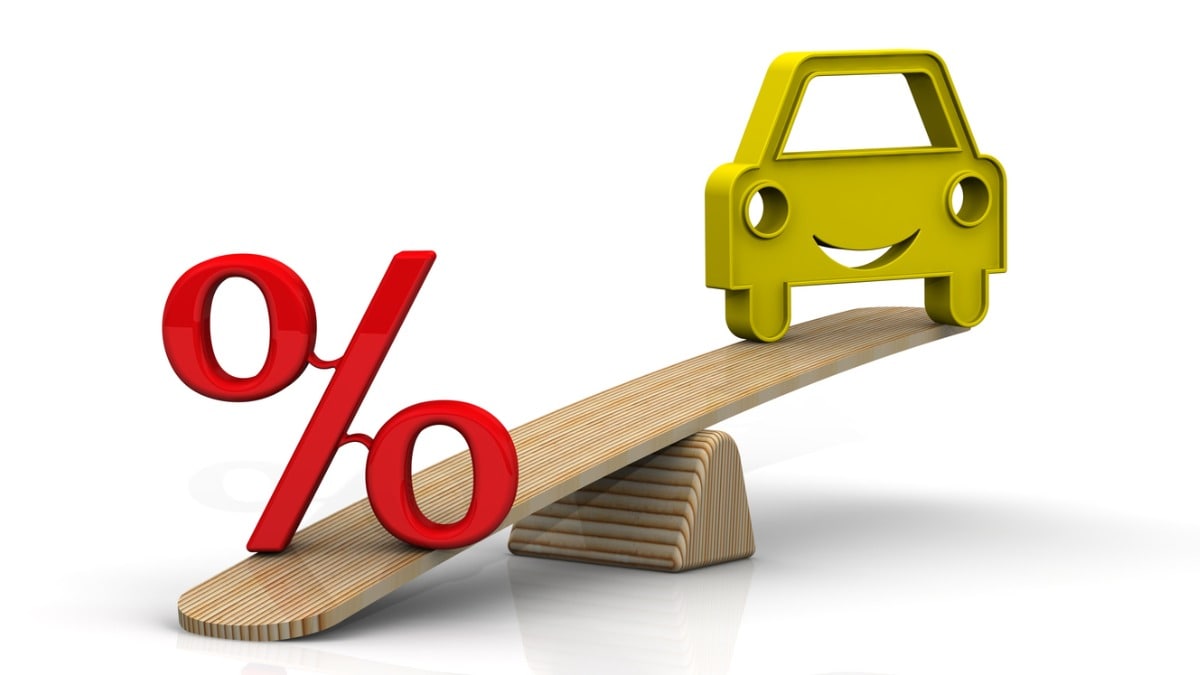The Federal Reserve cut its benchmark interest rate for the first time in four years yesterday. The move was big news for the economy, but Cox Automotive Chief Economist Jonathan Smoke says it could take months to change car shopping.
“The Fed does not directly control the rates consumers see, and auto loan rates may end up being the slowest to move,” Smoke explains.
Cox Automotive owns Kelley Blue Book.
The Fed Has Few, Clumsy Tools
Media reports often make it sound as if the Federal Open Market Committee of the United States Federal Reserve, commonly called “the Fed,” controls the economy with an immense set of tools. It actually has a limited set of tools in its bag.
Related: Is Now the Time to Buy, Sell, or Trade in a Car?
The Fed controls the interest rate on overnight loans between banks and can buy and sell Treasury securities. That’s it. It’s not a subtle set of tools for delicate work.
The Fed’s funds rate influences how banks issue every other kind of credit, including mortgages, car loans, and credit cards. But it doesn’t control them.
Change Will Come to Credit Cards Before Car Loans
“Consumers should see more immediate changes in the rates charged on credit cards, which should help improve the financial status of consumers who have built up balances to maintain spending,” Smoke says.
That “will eventually help bring auto loan rates down,” but indirectly, he explains.
“Interest expense on credit cards has been crowding out spending on goods and services and has likely contributed to delinquencies and defaults on credit cards and auto loans.” As banks ease interest rates on the smallest balances – credit cards – consumer attitudes, credit performance, and spending may all improve.
But, “it may take several weeks or even months for consumers waiting on lower auto loan rates to see any meaningful change.”
Further Cuts Likely
The Fed is also likely to make further cuts. With yesterday’s decision, the board issued “dot plots” – non-binding predictions of its plans – that show 2.5 points worth of cuts in total by the end of 2026.
“The average rate on new-vehicle auto loans will likely end up between 7.5% and 8% at that point, which is what we saw in 2019. The average used loan rate will likely be around 10% to 10.5%,” Smoke says.
Change will come to the new car market before the used, he says.
But Dealers Still Stocked With Pricey Cars
But improved interest rates don’t immediately change what automakers are building. As the Fed raised rates to combat inflation, automakers made a practical business decision: Since wealthier Americans could more easily car shop, they built more cars for high-income people. Nearly every automaker designed and built more high-end cars and pulled back on the number of inexpensive vehicles on the market.
Even with interest rates down, your local car lot is likely full of expensive models this month. Dealers have begun competing with heavier discounts every month. But they still lack an ample supply of inexpensive cars to sell.
Many Will Benefit From Waiting
“Today’s rate decision is a step in the right direction and marks the long-awaited beginning of a stronger period for retail vehicle demand,” Smoke says. But it won’t happen overnight.
For many who can afford patience, buying a new car later rather than sooner could still be the right move.








